Transparent: Timeless Electronics
A Sustainability Guide in Sound and Technology by the Transparent Founders

On a mission to become the first circular tech brand, Transparent is revolutionizing the future of the audio industry. In this exclusive feature, we sit down with one of the three founders for a conversation, to piece together a simple and transparent guide for customers on how they can make more sustainable choices when it comes to sound systems and technology.

Dubai Audio meets Per Brickstad the Co-founder and Chief designer of Transparent. His mission for Transparent started with long-time friend and colleague Martin Willers after their time together at the Stockholm design studio People People. Per Brickstad describes his role in the design field as a continuous journey marked by a growing ambition to integrate increasingly crucial elements into the creative process. He disregards style and looks as just a small part of a successful design. He instead is more concerned with the research and purpose put into the creation of something truly innovative. He originally started as a designer for Nokia in 2007 with his first ever design to reach the market being a speaker. However, during his design process, he realized the necessity for life cycle analysis usage in the concept stage of the design process. He transcended this thought into a company years later in the form of Transparent.
THE CONVERSATION
How Innovation is Rooted in the Past.

“Transparent’s view of a more sustainable future originates in the brand’s Circular Design Philosophy. This philosophy bridges the past, present, and future to create a product that will stand the test of time.”
The Ecological Impact of Audio Technology in the Modern Day
Transparent confronts overconsumption by not only sourcing reusable materials but also by designing a system that can forever be upgraded and repaired. This process prolongs the life span of their products and eliminates the need for constant replacement. Buying better is an investment that not only reduces overconsumption but helps you save money over time.
What is the current state of the industry when it comes to sustainability?
It is very poor in general. We're talking about overconsumption, raw material depletion, massive waste creation, pollution, and emissions that are causing severe harm to many ecosystems. Apart from the environmental aspects, there are also massive social sustainability issues concerning working conditions, fair wages, etc. These non-sustainable practices have a long tradition and have become common practice, so both customers and the industry seem to believe there is no other way to do things. But we believe there is.

Transparent Circular Design Philosophy
How the Past Will Influence the Future of Audio Technology
Transparent’s Circular Design Philosophy reflects the dedication of the company to blend the past and present into a speaker model that withstands decades of use. The focus on the past pertains to the recycling of materials for crafting present models, while the emphasis on the future underscores Transparent’s commitment to ensuring its products are easily repairable and upgradeable. This stance serves as a countermeasure to the concept of planned obsolescence.
How did you define the revolution of a more sustainable sound and tech industry so far, and what are the next steps that you are planning?
Our definition of this revolution is manifested in our Circular Design Philosophy. This means caring deeply about and acting upon both the "past and the future" of our products.
Past meaning the origin of all raw materials, our endeavor towards 100% recycled. We believe this is possible, that we as an industry already have taken up what we need from the ground. Past is then also naturally about transparency, about learning deeply about and continuously acting upon our own supply chain.

We believe working with a permanent collection is a key success factor for this, as it allows us to continuously improve the same product over time towards this end goal. The focus on our product's future is equally important. As consumers, we are painfully aware today how the lifetime of our tech objects is too short. How our devices all of a sudden become slow and outdated after just a couple of years. We believe this is a broken and irresponsible system, and we believe there is a better way.
Transparent makes objects that have the potential to live forever. Through the completely modular design, our products can be forever repaired or upgraded. A good example of this is our wireless modules. We have 10 year old customers who are now buying a small wifi module from us and upgrading their existing equipment to a top modern multiroom system.
This is possible by considering this upgradeability from the beginning, of the design process. A circular perspective needs to happen at the core of a company and at the beginning of development. It can not be applied at a later stage, then it will only act as an obstacle or a burden.

How Transparent is Pushing the Industry Forward with Timeless Design
Why should customers invest in TRANSPARENT speakers?
Because they are able to transcend both trends and technology, they are truly timeless design audio objects that not only sound great, but can be an iconic design artifact in the home for a long time to come.
THE SUSTAINABILITY GUIDE
Tips from the Transparent Team to ensure your audio tech is sustainable.

Step 1: Determine if a product is sustainable
Prioritizing sustainability starts by understanding what defines a product as sustainable or not.
A Tip by Transparent
“Transparent is doing life cycle analysis on all products, but are also leading the way by making our products traceable on an individual level through something called a "digital product passport". This will be an EU law from 2026, but Transparent has since 10 years had a unique scannable QR code on each product, that now directs the customer to a product specific landing page with info about things like certification, raw materials and CO2 emissions”.
How do I find out if a product is sustainable?
- Check for the relevant certification symbols to determine if hazardous materials are used.
- Check the company website to see how well they are describing their efforts and how much concrete data is presented.
- Take your time understanding the regulations and standards attributed to sustainable design.

Step 2: See Through the Smoke and Mirrors
Ensure that the companies you buy from are honest about their sustainability.
A Tip by Transparent
“When there is only a "green material" on the surface or a name that implies "green" in some way, but no signs of dedication to the products' lifecycle from the brand.”
How do I know if a company is sustainable?
- Check if there is a dedication by the company to support the lifecycle of the product.
- Check if there is information on the company website detailing production methods and sourcing.
- Use third-party sites as well to research a company.

Step 3: Prolong the life of your product.
Keeping your technology timeless requires dedication.
A Tip by Transparent
“Do care about the condition of your product and keep it clean and in good shape. Don't discard your product too lightly, without trying to repair, upgrade and/or sell it first. Do demand support from the brand when it comes to repair guides, parts, or upgrades”.
How do I maintain the quality of my Audio system?
- Research proper maintenance methods for your unique system.
- Reach out for guidance from your systems brand when it comes to repair guides, parts, or upgrades.
- Don't throw away your system immediately without trying to repair or upgrade it.

The Transparent Team
A Final Message from the Transparent Team.
“In a dream world, all customers would be active collaborators in this revolution. Now it is still quite niche to care about these questions. In the very first generation we made, we also offered the Transparent Speaker as a kit that could be assembled at home. That would actually be a great way to understand the modular nature of the product and to form a deeper relationship with it from the get-go. But it was never a big demand for it, people of course like the convenience of a "plug and play" product. Another idea that can be interesting for customers going forward is non-ownership. The concept of simply caring for the hardware for a limited time, before it returns to the (circular) system. That is one thing we are thinking about for the future.”
WHY READ THE DUBAI AUDIO BULLETIN?
The answer is simple: We are the long-term solution to all your audio inquiries.
Our features highlight the most relevant topics and deliver exclusive insights directly from brands and industry leaders themselves. Witness the evolution of the industry with Dubai Audio and become a part of the audio culture.
Discover newly unveiled releases, enrich your audio portfolio with the best systems, and make more informed purchasing decisions with Dubai Audio. Sign up for our newsletters to receive curated music and recommendations tailored to your requirements.
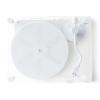
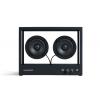
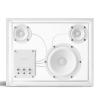
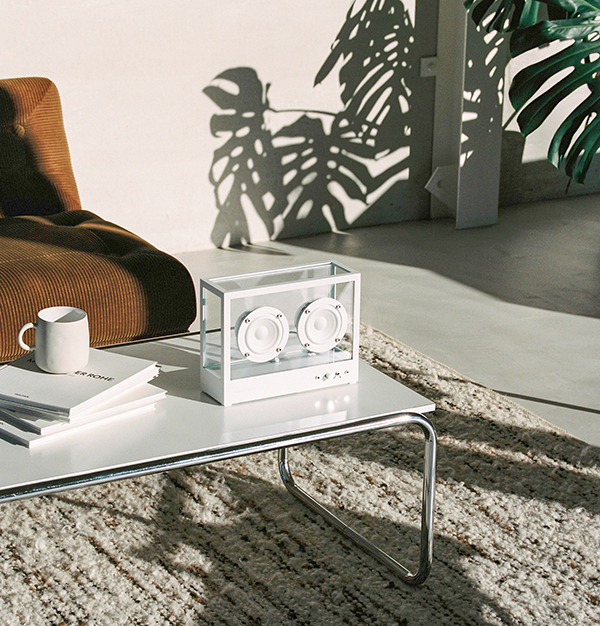



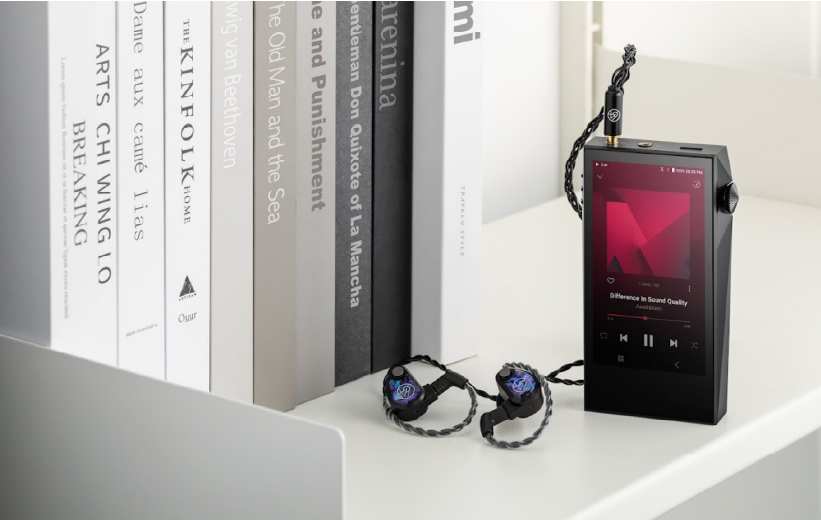
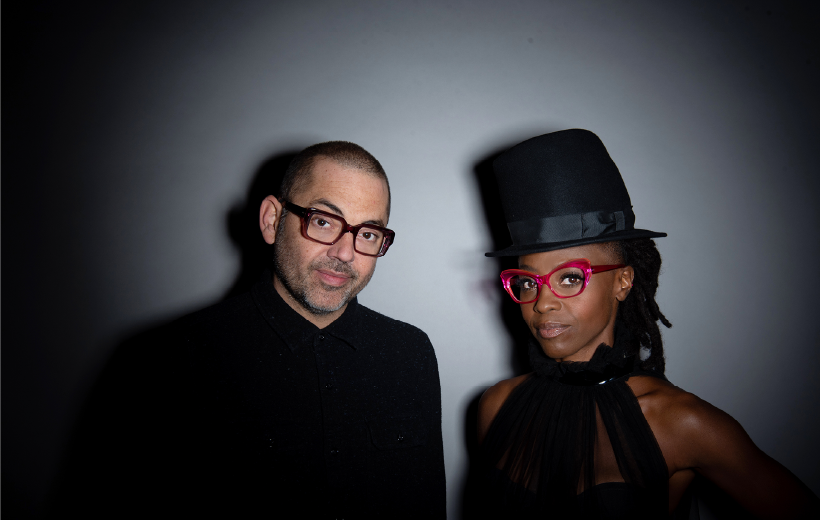
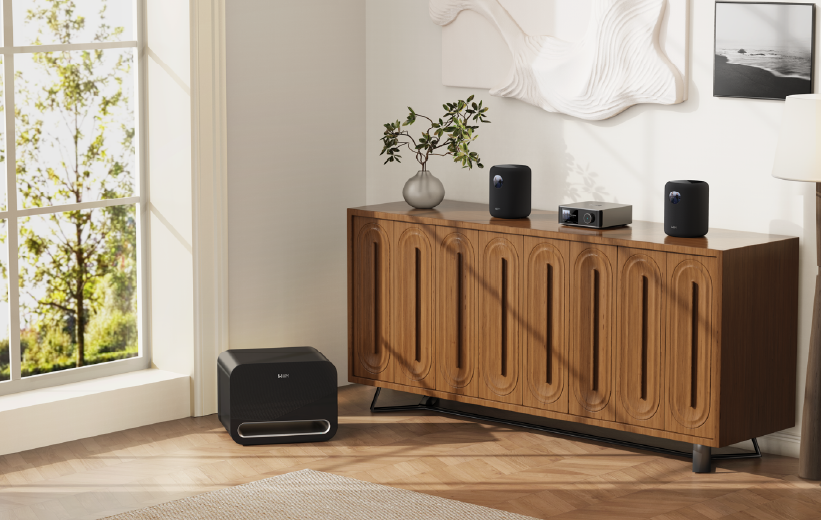
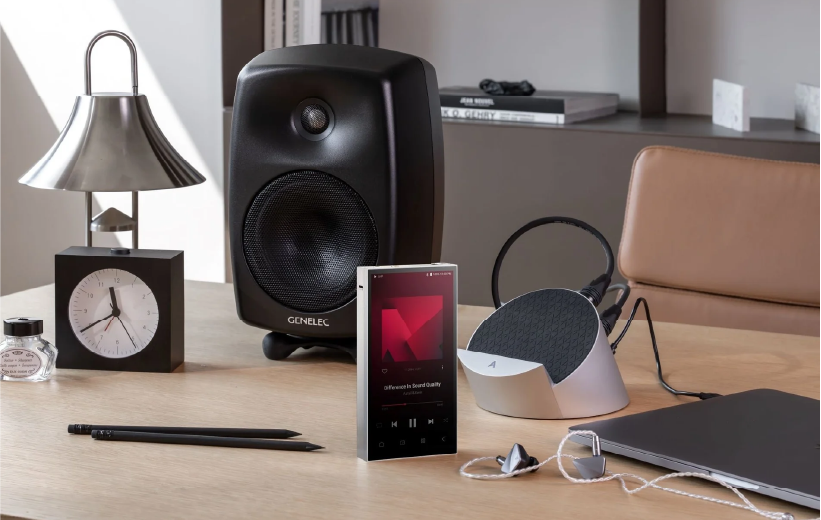

(1).jpg?x91224)
(1).jpg?x91224)





